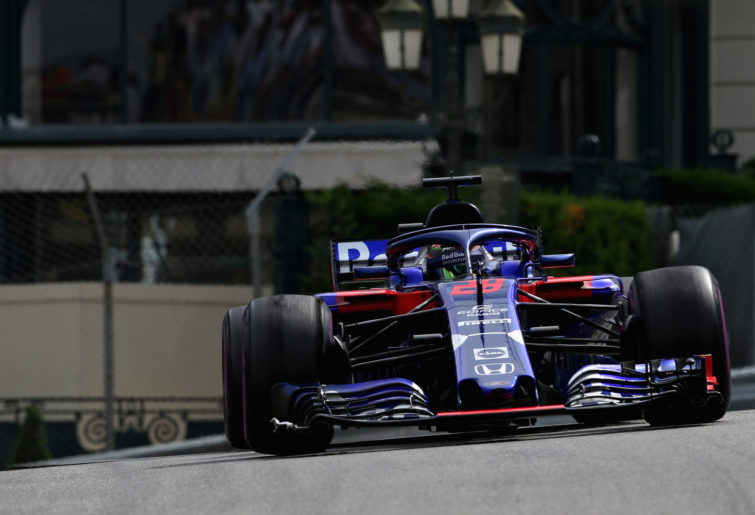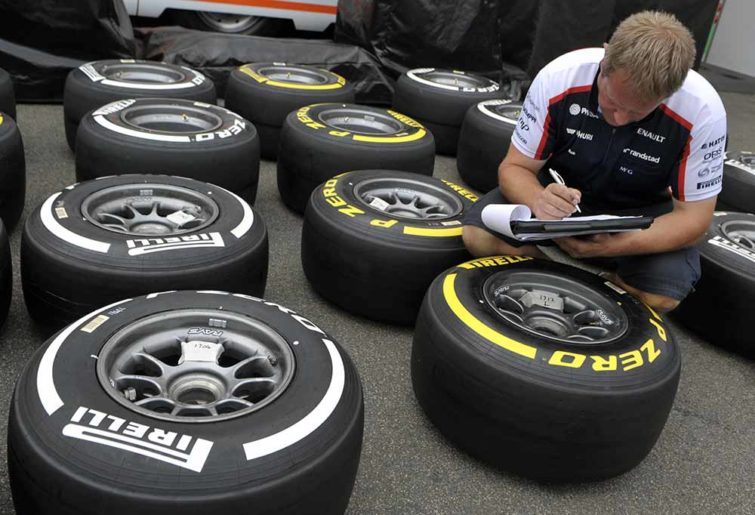'Welcome back': Reliving the last Chinese Grand Prix ahead of its much-anticipated return five years later
Five-years is a long time in motorsport, let alone the general state of the world – especially given the impact of the Covid-19 pandemic…
Qualifying is one of the most universally popular parts of a grand prix weekend, so it’s surprising that the competitive Saturday session is regularly considered for change as the sport strives for self-improvement.
Plans to modify the current three-segment format, in place since 2006, have been circulating since late last year when Liberty Media made moves to implement a faster four-part session for 2019. The unanimity required for change meant discussions have continued into the new year with an eye for 2020, and with a 30 April cut-off date before unanimity would again be required, the matter has reached its crescendo.
The rationale is simple: increase the pace, increase the jeopardy. The sport hopes having three segments in which four drivers are eliminated before a final fourth segment in which the top eight battle for pole would increase the chances of one of the big teams making a mistake, and by keeping each segment short the punishment for error ought to be more exacting.
In summary, the aim is to make grids less predictable and improve the race-day spectacle. It would potentially make the entire qualifying hour crucial viewing when audiences tend to switch on only for the top-ten battle for pole. It would come with the sweetener that an additional natural advertising break would be created for broadcasters, potentially making TV rights more lucrative.
On one level it’s impressive that the sport is considering a qualifying change so soon after its short-lived eliminating qualifying disaster of 2016. To Formula One’s credit, however, no aspect of its weekend should be immune from change where modifications are well reasoned and analysed before introduction — something that, again, was so sorely lacking three seasons ago.
“I think it’s good that you’re looking at various concepts,” Mercedes boss Toto Wolff said in China. “Qualifying is one of the things that works very well, but if it can be optimised further by a fourth section and it is more exciting for the fans, why not?”
But there are several significant problems standing in the way of this Q4 proposal being adopted.
The first is whether the change would produce any tangible benefit given the substantial advantage the top three teams hold over the rest of the field.
At the Chinese Grand Prix, for example, despite the performance difference between the soft and medium compounds being around 1.1 seconds, all the frontrunners bar Pierre Gasly used the harder medium tyre to qualify for the top-10 shootout. Even Gasly’s scruffy medium-tyre lap in Q2, which compelled him to undertake a soft-tyre run for safety, would have still been enough for a top-ten berth.

Is it time for changes to Formula One? (Photo by Charles Coates/Getty Images)
In other words, the pace difference between the frontrunners and the midfielders is large enough that the chance of making a costly mistake would be negligibly greater in a four-stage qualifying format.
However, that the plan makes only minimal material change isn’t reason enough not to consider it, especially if the chance of variability is even slightly increased. But the complications don’t stop there.
Further problems arise when one considers that tyre allocations would have to be increased. Today drivers start qualifying with seven tyre sets, usually comprising one hard, one medium and five softs, which already means no-one can undertake two runs in every session without using the medium tyre for at least one lap, a strategy out of reach to the midfield.
Adding a fourth session would require the addition of at least two sets per driver — 160 tyres per weekend, 3360 for 21 races — most of which would not be used given only eight drivers would qualify for Q4 and most races require only one or two stops.
Moreover, because part of the Q4 plan is to have the top eight drivers start the race on their Q4 compounds — as opposed to the current top 10 starting on their Q2 compounds — the allocation would likely have to be increased by three to ensure two runs could be undertaken in each segment.
But even if Pirelli were to consider such a plan feasible, F1 would likely only create an underwhelming conclusion to qualifying.

(AP Photo/Bela Szandelszky)
Reducing the shootout from ten cars to eight means only two midfielders would qualify, and if they were both from the same team, there would be strong disincentive to run both because it would be disadvantageous to start the race on used qualifying tyres and because the top six would be out of reach anyway.
True, the bottom four cars of the current Q3 don’t compete for pole, but at least they still have incentive to beat their immediate rivals and to start further away from the midfielders with free tyre choice.
Further, with the soft compound often being a poor racing tyre, the frontrunners may all decide to use the medium tyre in Q4 to start the race on a more durable compound, robbing the final part of qualifying of its low-fuel, high-grip spectacle, one of the weekend’s most impressive moments.
“The discussion is quite complicated,” Pirelli head of car racing Mario Isola said. “If you modify something that is good to make something that is not good, it’s a bit of a risk.”
The good news is that, unlike the 2016 elimination qualifying farce, the sport has spent several months simulating these and other proposed changes to qualifying to evaluate whether they represent any improvements and to find any unintended consequences — and positions seem to be firming against unnecessarily complicating what is an effective model at great risk to the spectacle for minimal reward.
“Obviously F1 is looking for a better show in general [while] paying attention not to modify something that is good too,” Isola noted.
F1 should be encouraged to continue its self-evaluation, but as with so many other aspects under consideration for optimisation, undoing the sport’s two classes of performance and working on a way to draw the grid closer together competitively would solve many of perceived ills without risking negative consequences.